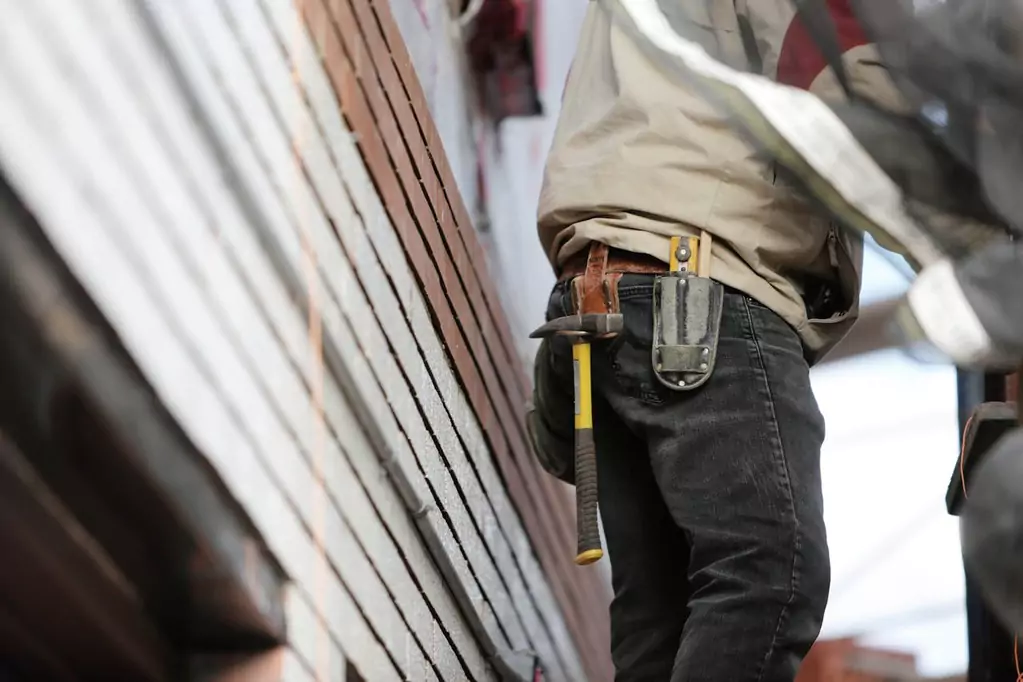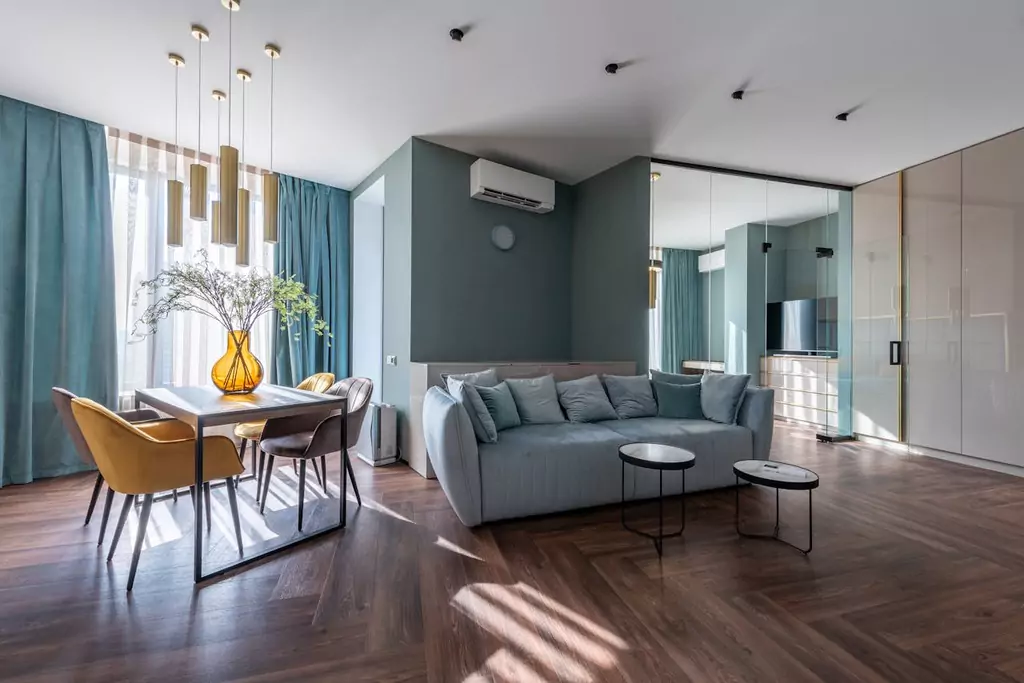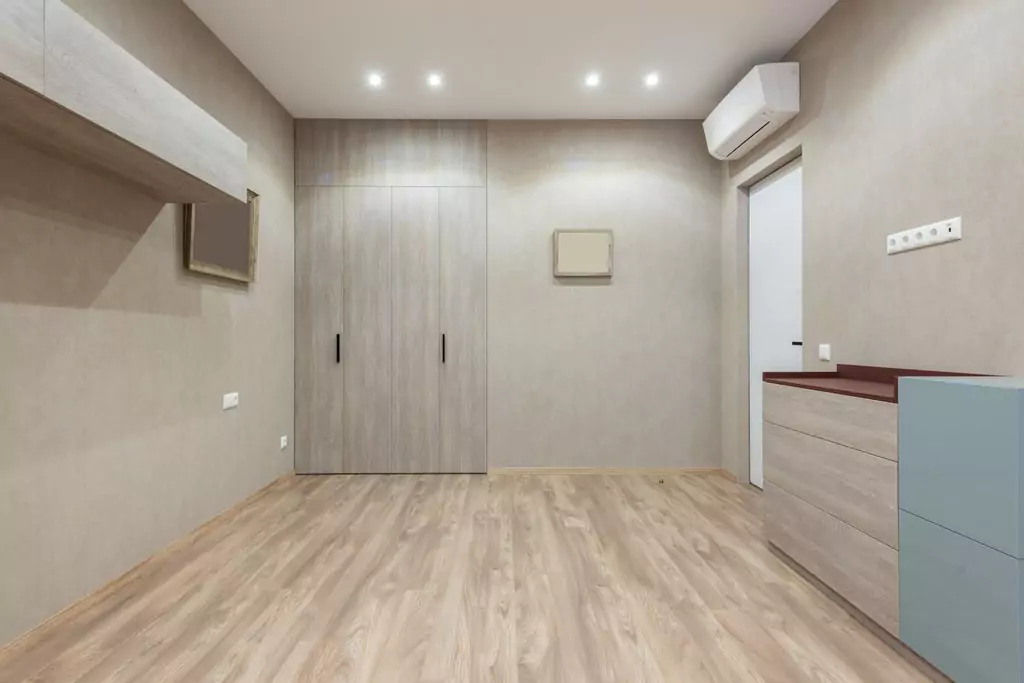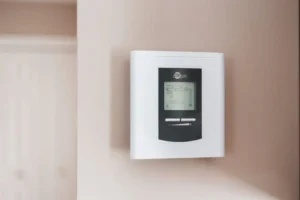Now Reading: What’s the Cheapest Temperature to Keep Your Home in Winter?
- 01
What’s the Cheapest Temperature to Keep Your Home in Winter?
- Home
- Home Appliances
- What’s the Cheapest Temperature to Keep Your Home in Winter?
What’s the Cheapest Temperature to Keep Your Home in Winter?
![]() Anne MaddisonClimate Control, Home AppliancesAugust 18, 202579 Views
Anne MaddisonClimate Control, Home AppliancesAugust 18, 202579 Views
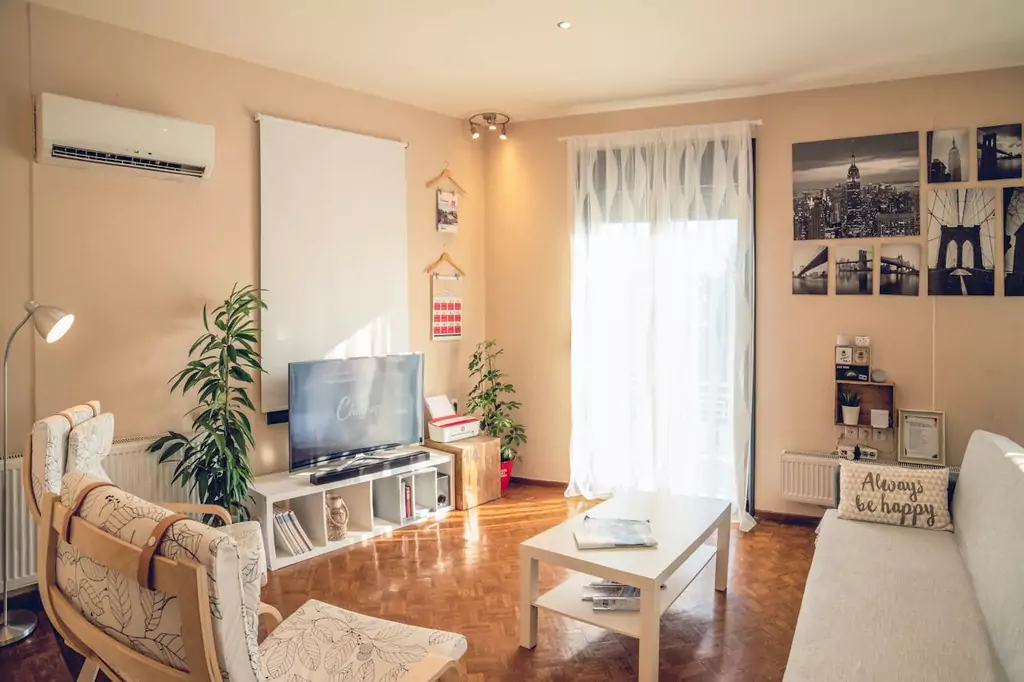
Winter heating bills can be absolutely brutal. I’m talking about those eye-watering monthly bills that make you wonder if you accidentally left every window in your house wide open. According to the U.S. Energy Information Administration’s Winter Fuels Outlook, the average American household is expected to spend over $1,000 on electric heating during the winter of 2025. That’s a serious chunk of change that could go toward a nice vacation or emergency fund instead.
Here’s the thing though: you don’t have to choose between being comfortable and breaking the bank. There’s actually a sweet spot where you can keep your house warm enough to live in while keeping those heating costs from spiraling out of control. We’re going to share everything we’ve learned about finding that perfect balance.
Throughout this guide, you’ll discover the exact temperature that gives you the biggest bang for your buck, learn how to set up your thermostat like a pro, and pick up some clever tricks to stay cozy even when your house is a bit cooler than usual. By the time you’re done reading, you’ll have a clear game plan to slash your heating bills without turning your home into an icebox.
The Science Behind Optimal Winter Heating Temperature
Let’s start with the basics because understanding how your heating system works will help you make smarter choices about your temperature settings. Your heating system doesn’t work like a car where you can just press the gas pedal harder to go faster. Instead, it’s more like a marathon runner that has to work progressively harder the further it goes.
When you set your thermostat to a specific temperature, your heating system kicks in whenever your house drops below that point. The bigger the difference between the temperature inside your house and the temperature outside, the harder your system has to work. Think of it like trying to hold a beach ball underwater. The deeper you push it, the more force you need to keep it there.
This is where the magic number comes into play. The U.S. Department of Energy (DOE) recommends keeping your house at 68°F to 70°F during the day when you’re home and setting it lower while you’re asleep or away. This isn’t just a random number they picked out of a hat. It’s based on extensive research into the balance between comfort and energy efficiency.
Here’s what really matters for your wallet: research shows that for each degree you lower your heat, you can save 3% or more on heating costs. Let me put that in perspective. If your monthly heating bill is $200 and you keep your house at 72°F instead of 68°F, you’re looking at an extra $24 per month using the more conservative estimates.
Your house loses heat in three main ways: through the walls and windows, through air leaks around doors and windows, and through the roof. The warmer you keep your house, the faster heat escapes through all these routes. It’s like trying to fill a bucket with holes in it. The more water you pour in, the faster it leaks out.
If you’re curious about how air conditioners affect moisture, check out our guide on whether an air conditioner can dry a carpet at home.
What Is the Cheapest Temperature to Keep Your House in Winter?
Alright, let’s get to the heart of the matter. After analyzing energy data, comfort studies, and real-world heating bills, the cheapest temperature to keep your house in winter is 65°F to 68°F during the day when you’re home, and 60°F to 65°F at night or when you’re away. The DOE specifically recommends 68°F as the optimal temperature while you’re awake and setting it lower while sleeping or away from home.
I know what you’re thinking. Sixty-eight Fahrenheit sounds pretty chilly, especially if you’re used to keeping your house at a toasty 72°F or 74°F. But hear me out because the savings are substantial. HVAC experts note that a range of 68°F to 70°F is the best setting if you want to save money because your heating system doesn’t have to work as hard to reach higher temperatures.
Let me break down some real numbers for you. Let’s say you have a 2,000 square foot home and your heating bill runs about $250 per month in the coldest months. If you’re currently keeping your house at 72°F and you drop it to 68°F, using the conservative 3% savings per degree, you’re looking at saving roughly $30 per month.
The nighttime temperature drop is where you can really maximize your savings. When you’re sleeping under blankets anyway, dropping your thermostat to 60°F or 65°F for eight hours can save you an additional 10% to 15% on your heating bill. This strategy alone can knock $30 to $50 off your monthly heating costs.
Now, these numbers will vary based on where you live and what type of energy you use. According to recent U.S. Energy Information Administration data, households heating with natural gas are expected to spend around $639, while those using propane will spend about $1,316, and oil heating households will pay approximately $1,515. But the principle remains the same across the board: lower temperatures mean lower bills, and the difference adds up fast.
Regional differences matter too. If you live in a place where winter temperatures regularly drop below zero, you might need to keep your house slightly warmer to prevent pipes from freezing. On the flip side, if you’re in a milder climate where winter lows only hit the 30s or 40s, you might be able to get away with even lower indoor temperatures.
Smart Thermostat Settings and Scheduling for Maximum Savings
Setting up your thermostat properly is like having a personal assistant that manages your heating costs while you sleep. The key is creating a schedule that matches your daily routine while taking advantage of times when you can safely lower the temperature without affecting your comfort.
Here’s the schedule I recommend for most families. Set your thermostat to 68°F from 6 AM to 8 AM while you’re getting ready for the day. This gives you a comfortable temperature for showering and having breakfast. Then, if everyone leaves for work and school, drop it down to 62°F to 65°F until about 5 PM.
When people start coming home in the evening, bump it back up to 68°F until around 9 or 10 PM. After that, it’s time for the overnight setback. Drop your thermostat to 60°F to 65°F while you’re sleeping. You’ll be under blankets anyway, so you won’t notice the cooler temperature, but your heating system will definitely take a break.
Weekends might call for a slightly different approach since you’re home more often. You can keep the temperature at 66°F to 68°F during the times when you’re awake and active, but still take advantage of that nighttime setback.
If you have a programmable or smart thermostat, setting up this schedule is pretty straightforward. Most models let you program different temperatures for weekdays and weekends. Smart thermostats go a step further and can learn your routine, adjusting temperatures automatically based on whether anyone’s home.
For homes with multiple levels, you’ve got some extra opportunities to save. Heat rises, so your upstairs will naturally be warmer than your downstairs. You might be able to keep your main floor at 66°F while the bedrooms upstairs stay comfortable at 68°F without any extra heating.
Zone heating is another smart strategy if your home supports it. This means heating only the areas you’re actually using. If you spend most of your time in the living room and kitchen during the evening, there’s no point heating the guest bedroom or formal dining room to the same temperature.
Factors That Influence Your Cheapest Winter Temperature
Not every house is the same, and what works perfectly for your neighbor might not be the best approach for your home. Several factors influence what temperature will give you the best balance of comfort and savings.
The age and insulation quality of your home makes a huge difference. If you live in a newer home with great insulation, you can probably get away with lower temperatures because your house will hold heat better. Older homes, especially those built before 1980, often have poor insulation and drafty windows. These homes lose heat faster, so you might need to keep them slightly warmer to maintain comfort.
Your home’s size and layout also matter. Large, open floor plans with high ceilings are harder to heat efficiently than smaller, more compartmentalized spaces. If you have vaulted ceilings or a two-story great room, you’re basically heating a lot of empty air space that doesn’t contribute to your comfort.
The number of people living in your home affects your heating needs too. Every person generates about 100 watts of body heat, which is like having a bright light bulb running all the time. A house with four people will stay warmer naturally than a house with just one or two people.
Health considerations can override cost savings in some situations. If anyone in your household is elderly, has circulation problems, or has certain medical conditions, maintaining a slightly higher temperature might be necessary for their health and safety. Babies and very young children also need warmer environments because they can’t regulate their body temperature as effectively as adults.
Your local climate plays a big role in determining your optimal temperature. If you live somewhere with extreme cold, where outdoor temperatures regularly drop below zero, you’ll need to keep your house warmer to prevent pipes from freezing and to maintain reasonable comfort levels. Milder climates give you more flexibility to experiment with lower temperatures.
The type of energy you use for heating affects both your costs and your optimal temperature strategy. Natural gas is typically the cheapest heating fuel, followed by oil, propane, and electricity. If you heat with electricity, especially in an area with high electric rates, you’ll see bigger savings from lowering your thermostat than someone who heats with cheap natural gas.
Proven Strategies to Stay Warm While Keeping Temperatures Low
Keeping your house at 65°F to 68°F doesn’t mean you have to walk around shivering in shorts and a t-shirt. There are plenty of smart ways to stay comfortable while maintaining those money-saving temperatures.
Layered clothing is your best friend during the winter months. Instead of cranking up the heat, throw on a cozy sweater or fleece. Thermal underwear might not be the most fashionable choice, but it’s incredibly effective at keeping you warm without adding bulk. A good pair of wool socks can make your whole body feel warmer, and slippers with good insulation will keep your feet comfortable on cold floors.
Space heaters can be a smart addition to your heating strategy, but you need to use them correctly. The key is heating only the room you’re occupying rather than trying to heat your entire house. A small space heater in your home office or bedroom can let you keep the rest of the house cooler while staying comfortable in your immediate area. Just make sure you’re using a modern, safety-certified space heater and never leave it running unattended.
Take advantage of natural heat sources whenever possible. Open your curtains and blinds on sunny days to let solar heat warm your home. Close them as soon as the sun goes down to add an extra layer of insulation to your windows. Cooking and baking also generate heat, so winter is a great time to use your oven more often. Just remember to leave the oven door open after you’re done baking to let that heat warm your kitchen.
Your ceiling fans can help distribute warm air more effectively. Since heat rises, running your ceiling fans on low speed in reverse during winter will push warm air down from the ceiling and circulate it throughout the room. Most fans have a switch that reverses the direction, and you want the blades spinning clockwise when looking up at them.
Improving your home’s insulation, even with simple measures, can make lower temperatures feel more comfortable. Adding weatherstripping around doors and windows stops cold drafts that make you feel chilly even when the air temperature is reasonable. Heavy curtains or thermal window treatments add insulation to windows, which are often the coldest surfaces in your home.
If you’re wondering whether your AC could affect your health, check out our post on whether an air conditioner can make you sick.
Common Winter Heating Mistakes That Increase Costs
Even with the best intentions, it’s easy to make mistakes that end up costing you money on your heating bills. Avoiding these common errors can help you maximize your savings.
The biggest mistake I see people make is cranking up the thermostat when they want to warm up the house quickly. Setting your thermostat to 75°F when you want it to reach 68°F doesn’t make your heating system work any faster. It just means your system will keep running until it hits 75°F, wasting energy and money. Your heating system works at the same speed regardless of the temperature setting.
Ignoring your programmable thermostat is like throwing money out the window. I know plenty of people who bought programmable thermostats but never bothered to set them up properly. They just use them like old-fashioned manual thermostats, missing out on all the potential savings. Take the time to program your thermostat correctly, and you’ll see the difference in your heating bills.
Heating rooms that nobody uses is another expensive habit. Guest bedrooms, formal dining rooms, and finished basements that you rarely visit don’t need to be kept at the same temperature as your living areas. Close the vents in unused rooms and keep the doors closed to avoid heating empty spaces.
Poor maintenance of your heating system can increase your costs significantly. A dirty air filter makes your system work harder, using more energy to move air through your home. Dirty or blocked vents restrict airflow, making your system run longer to reach the desired temperature. Schedule annual maintenance for your heating system and change your air filter regularly.
Blocking heating vents with furniture or rugs prevents warm air from circulating properly. Your heating system will keep running longer because it can’t effectively heat the room when the warm air can’t flow freely. Make sure all your vents are clear and unobstructed.
Many people have misconceptions about space heaters, thinking they’re always more efficient than central heating. While space heaters can be cost-effective for heating single rooms, using multiple space heaters throughout your house is usually more expensive than using your central heating system efficiently.
Final Thoughts
Finding the cheapest temperature to keep your house in winter comes down to one key insight: 65°F to 68°F during the day and 60°F to 65°F at night gives you the best balance of comfort and cost savings. This simple adjustment can save the average household $300 to $500 per winter season without making your home uncomfortably cold.
Remember that small changes can lead to big savings over time. Dropping your thermostat by 1°F can reduce your heating costs by 3%. When you multiply that over several months of cold weather, you’re looking at substantial savings that can make a real difference in your budget.
The strategies we’ve covered in this guide work together to maximize your savings. Smart thermostat programming, layered clothing, strategic use of space heaters, and avoiding common heating mistakes all contribute to keeping your costs down while maintaining a comfortable home environment.
Every home is different, so don’t be afraid to experiment with these recommendations to find what works best for your specific situation. Start by lowering your thermostat by just 2°F this week and track your savings. Your wallet will thank you, and you might be surprised at how quickly you adapt to the slightly cooler temperatures.
What heating cost-saving strategies have worked best in your home? The beauty of managing your winter heating costs is that once you find the right approach for your household, the savings continue month after month throughout the cold season.
Related Posts
Previous Post
Next Post
Previous Post
Home AppliancesAugust 17, 2025
Does Keeping Your Home AC at 72°F Save Money?
Next Post
Home AppliancesAugust 19, 2025
Which AC Mode to Use When Raining?
Home AppliancesJuly 28, 2025
Can Air Conditioner Make You Sick?
Climate ControlJuly 27, 2025
What Air Conditioner Size Do I Need?
Home AppliancesAugust 24, 2025
Are Home Air Conditioner Tune Ups Necessary
Climate ControlAugust 23, 2025
Can Air Conditioning at Home Trigger Asthma?
- 03
Climate ControlJuly 28, 2025
Can Air Conditioner Make You Sick?
- 04
Climate ControlJuly 27, 2025
What Air Conditioner Size Do I Need?


